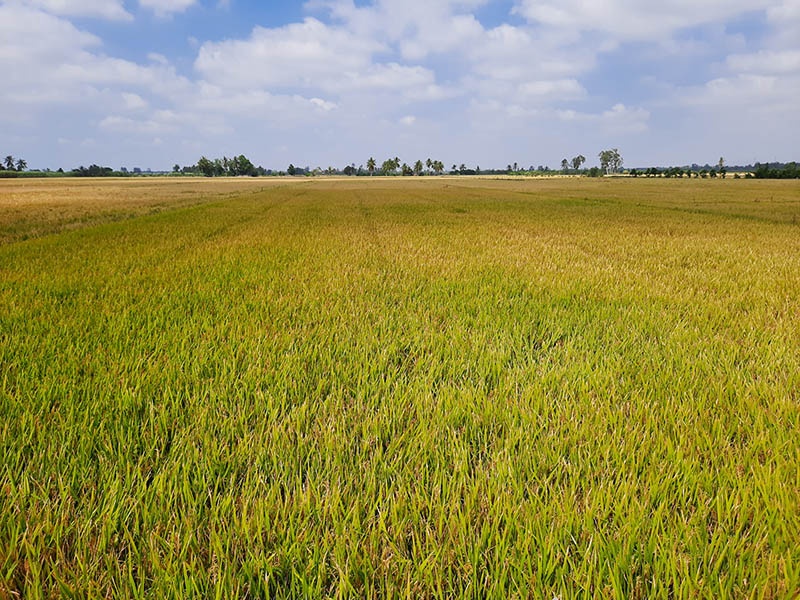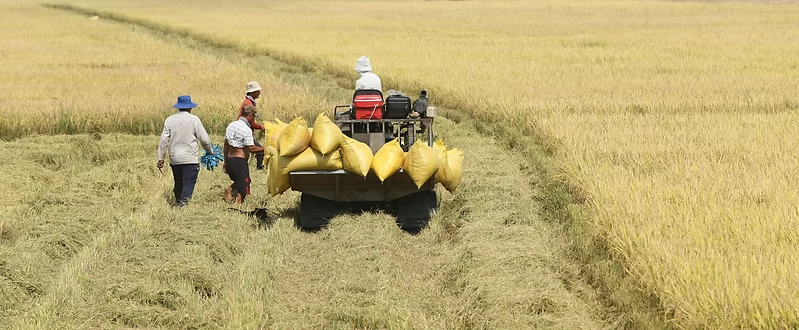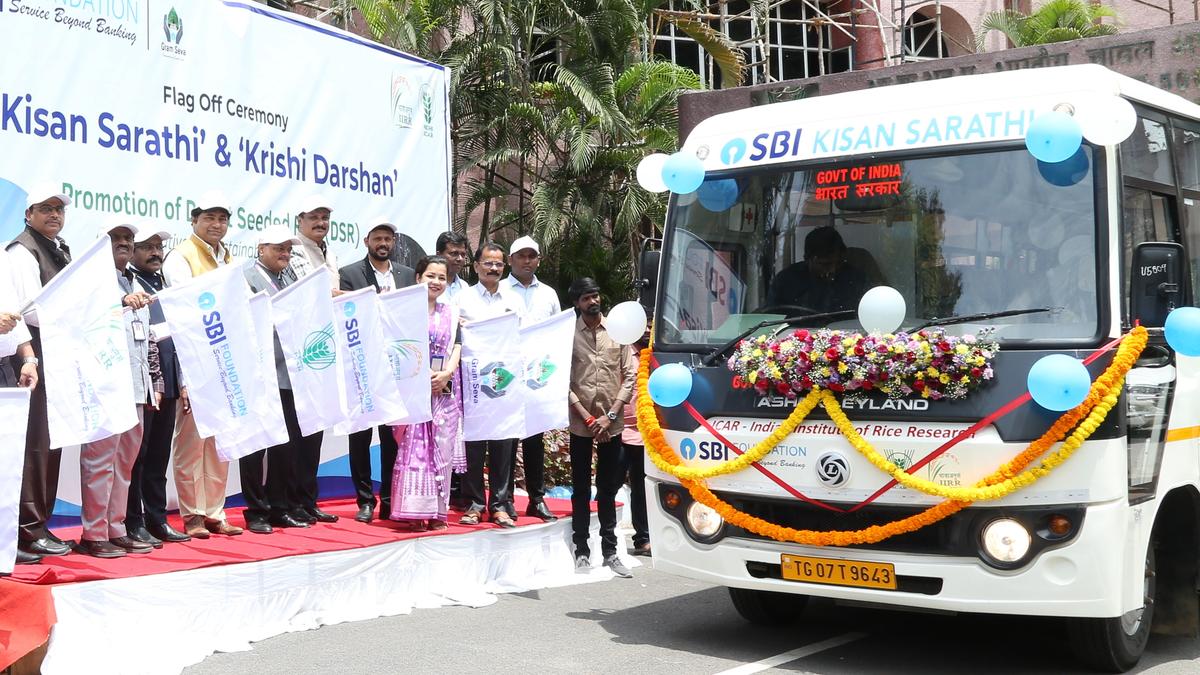Tags
Why direct seeding of rice (DSR) is yet to pick up in Punjab
The DSR technique, which the Punjab government is actively promoting, has a number of benefits when compared to traditional transplantation. But why has it not yet seen widespread adoption in Punjab?

Workers transplanting paddy crop seedlings at a farm on the outskirts of Ahmedabad last year. (Express photo by Nirmal Harindran)
The Punjab government has been actively promoting the direct seeding of rice (DSR), or ‘tar-wattar’ technique, This can reduce water use by 15% to 20% (the traditional puddling method requires 3,600 to 4,125 litres of water to grow a single kilo of rice). Moreover, DSR requires less labour and matures 7 to 10 days faster, giving farmers more time to manage paddy straw.
Despite these benefits, and government incentives (Rs 1,500 per acre, this year), this technique is yet to see widespread adoption in Punjab. Last year, only 1.73 lakh acres of the 79 lakh acres under paddy cultivation in Punjab saw the use of this technique. Even the government’s target of bringing 7 lakh acres under DSR this year represents less than 10% of Punjab’s total rice acreage.
How DSR works
Traditionally, paddy farmers prepare nurseries where seeds are first sown. After 25-35 days, the young seedlings are uprooted and replanted, in the flooded main field. While this method is labour and water-intensive, it is known to maximise yields and maintain better crop health.
DSR, as the name suggests, requires no nursery preparation or transplantation. Paddy seeds are directly sown, roughly 20-30 days prior to when they would have been transplanted. The field is irrigated and laser leveled prior to the seeding process which is carried out using a seed drill or lucky seeder. Seed treatment is crucial, with seeds soaked in a fungicide solution for eight hours, then dried for half a day before sowing.
The first round of irrigation is carried out 21 days after sowing, followed by 14-17 more rounds at 7-10 day intervals, depending on soil type and the quality of the monsoon. The final irrigation takes place 10 days before harvest. The traditional method requires 25-27 irrigations in total.
Soil texture is key
Experts emphasise that soil suitability is crucial for the successful implementation of DSR. There are two factors here.
First is the texture of the soil. Farmers should avoid DSR in light-textured soils — it is more suitable for heavy or medium-to-heavy-textured soils. This is primarily because light-textured soils do not retain water well. A senior officer in the Punjab Agriculture Department told The Indian Express that in the race to avail the government incentives, some farmers use DSR in unsuitable soils, leading to the need for irrigation every second or third day. This completely counteracts the water-saving benefits of DSR, and in fact, ends up guzzling down more water.
Simply put, heavy-textured soils contain more clay and less sand, whereas light-textured soils have less clay and more sand. Dr M S Bhullar, Principal Agronomist at the Punjab Agriculture University (PAU), Ludhiana, who headed the development of the ‘tar wattar’ DSR technique, told The Indian Express that only 20% of Punjab’s soil is light-textured.
The Majha (northwestern Punjab) and Doaba (northeastern Punjab) regions predominantly feature heavy-textured and medium-to-heavy-textured soil, whereas Malwa (central and southern Punjab contains pockets of heavy-textured, medium-textured, and light-textured soils.
Importance of iron content
The iron content of the soil also determines the suitability of DSR. Soil with severe iron deficiency, and weed problems must not be cultivated using this technique.
In fact, experts say that in several places, even medium-textured soils are unsuitable simply due to their lack of iron. This is likely to be more of a problem in fields previously cultivated with crops such as cotton, maize, and sugarcane.
Experts recommend that soils with plant-available iron are ideal for DSR. In case iron supplements are being used, farmers should apply ferrace iron, which is green-coloured and not oxidised, rather than oxidised iron, which is brown in colour.
Lack of iron content can severely impact yields and lead to major financial losses for farmers. Sometimes, farmers might even have to transplant the crop anyway, after a month or so, leading to DSR losing its labour-saving benefits.
Path forward for DSR
A basic lack of awareness and understanding is holding DSR back. After using the method on unsuitable soil, farmers do not get the expected yields. They then developed apprehensions regarding DSR and reverted to their traditional puddling method. Crucially, negative feedback spreads quickly by word of mouth, further dissuading other farmers for whom DSR might have been ideal.
Experts say that comprehensively educating farmers is key to enable the adoption of a new technique, and departure from age-old, tried and tested methods. They suggest that extensive training and a ready helpline be provided, to handhold the farmers through the whole process, from pre-sowing to harvesting. This can instill confidence among farmers regarding DSR’s efficacy.
Additionally, if farmers incur losses during the initial years of adoption, adequate compensation should also be provided, so as to not disincentivise them from trying again.
https://indianexpress.com/article/explained/direct-seeding-rice-punjab-9395604/Published Date: June 17, 2024






